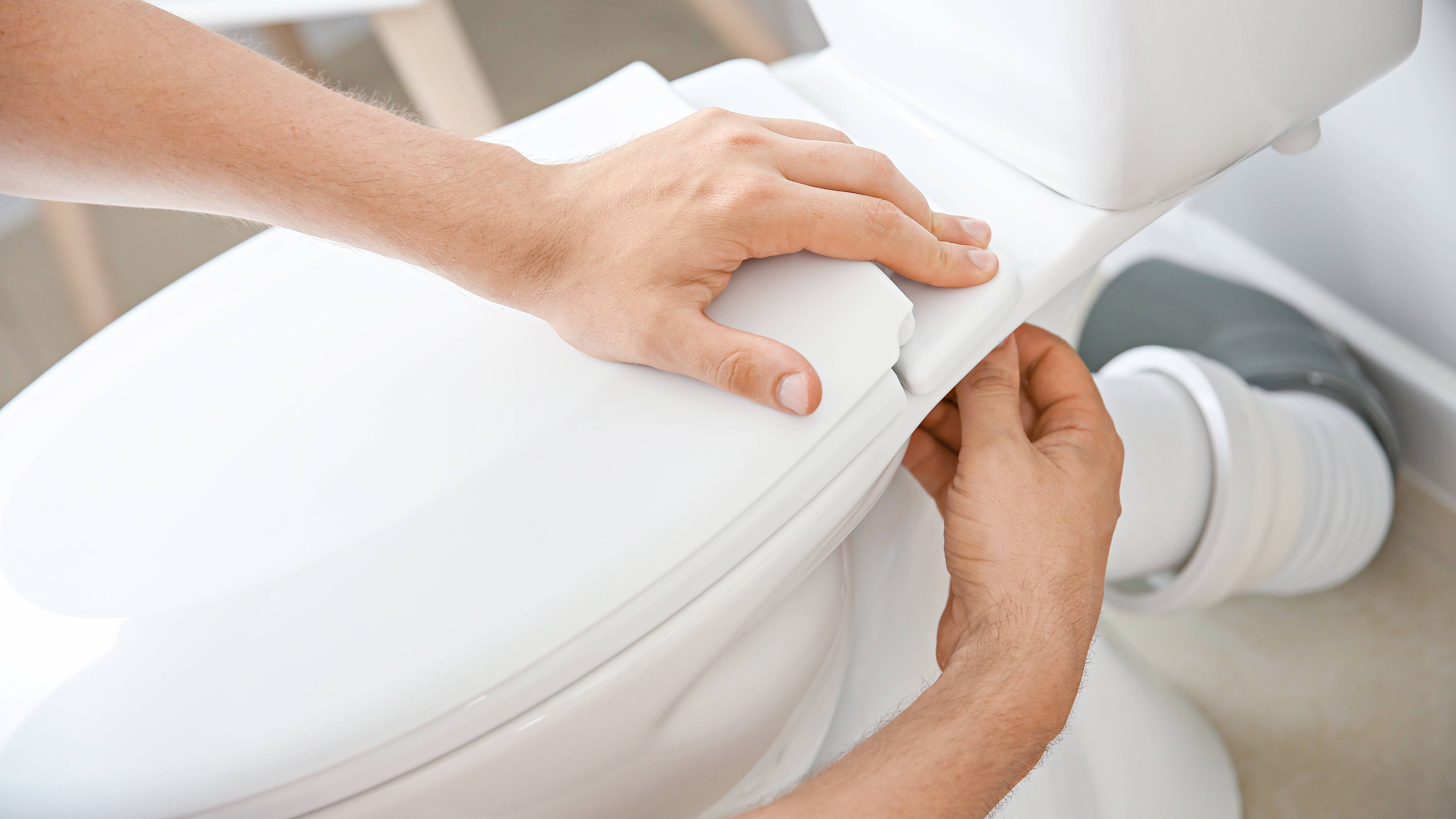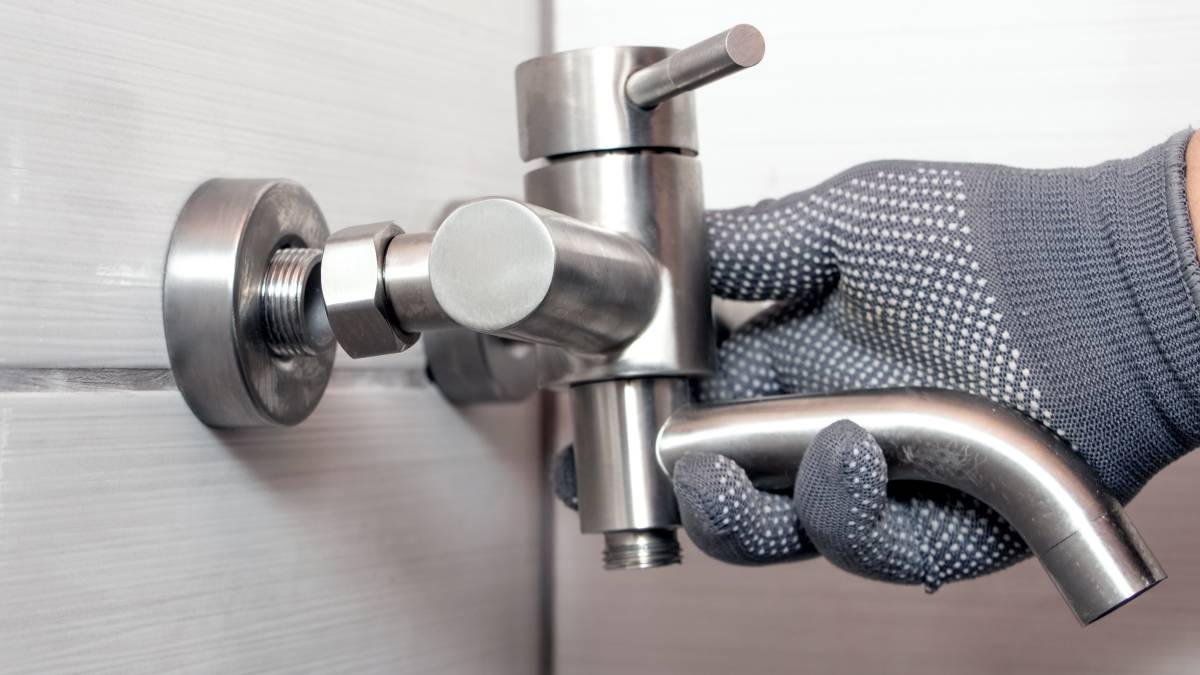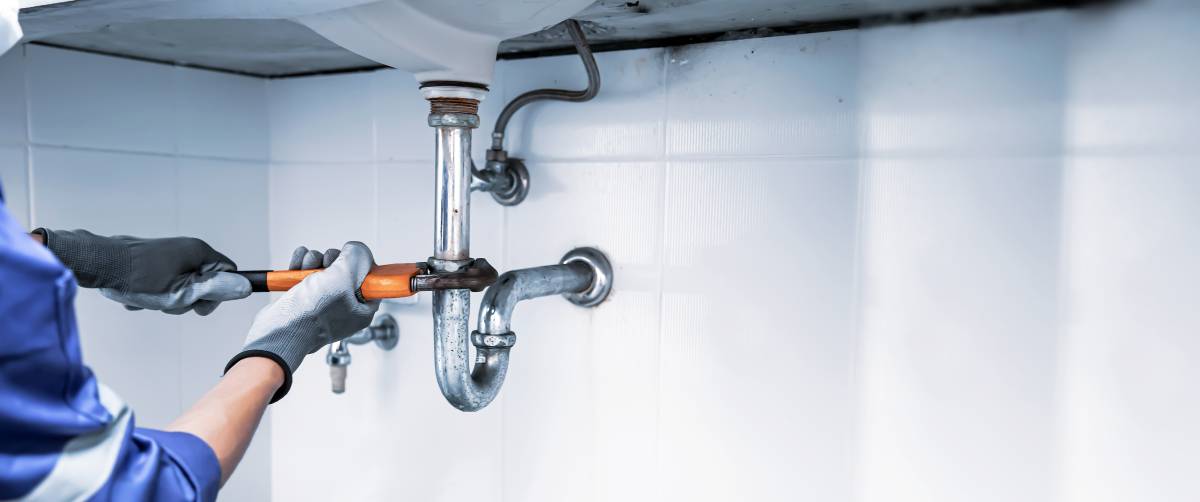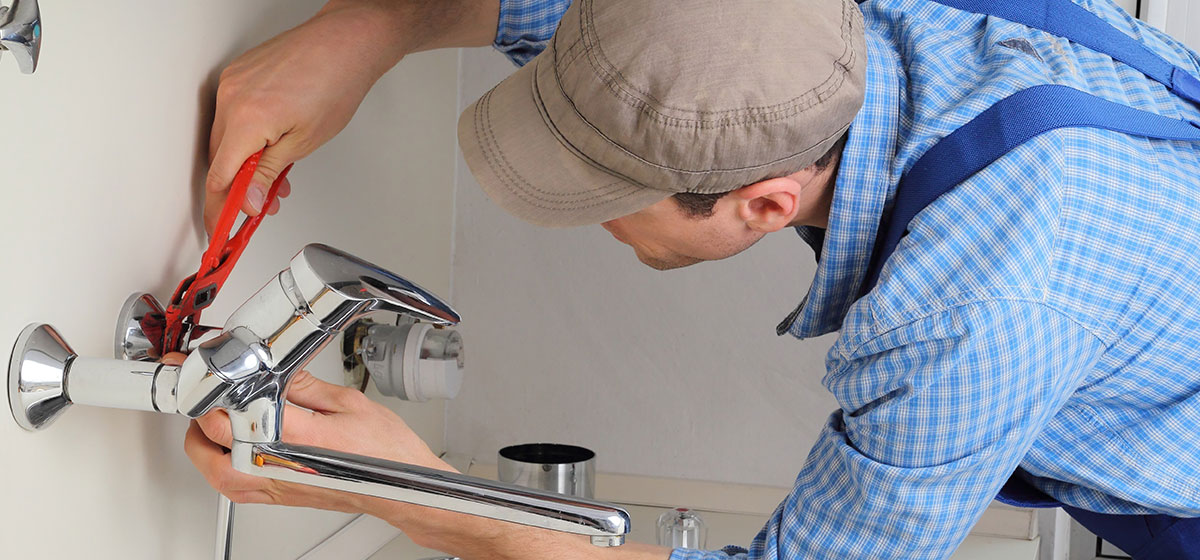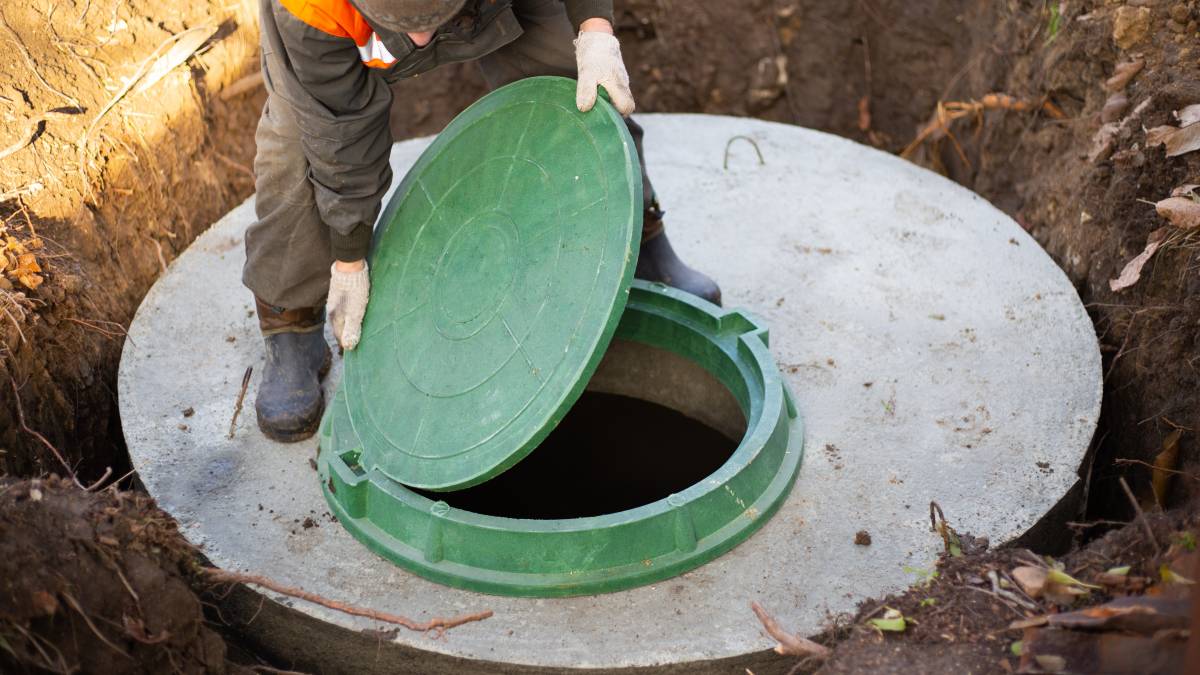
How much does a septic tank installation cost?
Get a free quote nowPost to find a price. It's free and only takes a minute.
Price guide
£1,500 - £9,000
low
£1,500
median
£5,000
high
£9,000
Last Updated on
One of the things you'll likely ask is how much does a septic tank installation cost. This will vary according to the size and location of your property, as well as whether a pump is needed. The system itself is also a factor. Small septic tank installation costs can be lower than one requiring a bigger system.
The average cost of septic tank installation can range from £1,500 to £3,500 for a family home. Installation should also include the preparation, design, and implementation of an absorption trench system in which wastewater can safely run.
On the other hand, the installation of a sewage treatment system might cost from £7,000 to £9,000. The cost will also vary depending on the size and physical layout of your property.
The cost of installing a sand filtration septic tank system is likely to be similar to that of a sewage treatment system.
If you want a clear picture of how much does septic tank installation cost in the UK, this price guide can help you.
What is a septic tank?
A septic tank is a chamber in which household sewage runs for treatment. Tanks are usually made of plastic, fibreglass, or concrete. They are connected to household waste and also require an outlet in which the septic runoff or effluent can drain.
A septic tank must be filled with water. This water contains bacteria that help break down the waste. That waste is then decomposed within the septic tank by repeated processes of settling.
The waste generally splits into multiple layers. A hard crust forms on top of the water. This crust is known as a scum blanket. At the bottom of the tank, more solid material known as sludge gathers. The wastewater gathers between the sludge and the blanket. Eventually, too much sludge will gather and this will need to be pumped away.
When do you need a septic tank?
You might have to consider installing a septic tank or septic tank system if your property is not connected to the main sewage system. This commonly occurs on properties on the far-urban fringes of cities or towns. The Environment Agency has laid down general binding rules regarding the installation and use of septic tanks or small sewage treatment systems.
Alternatives to septic tanks
There are several alternatives to the installation of a septic tank, as well as some additions that you might want to consider for a septic tank system.
One alternative is the installation of a sewage treatment system. This system is generally more expensive than a septic tank system - often as much as double the price. But it has a few advantages.
Treated wastewater can be used on gardens and surrounding ground on the property - a great benefit in locations that are vulnerable to drought. Sewage treatment systems typically add a second tank or treatment process to the primary septic tank system. In this second tank, the wastewater is treated with additional disinfectants.
A second alternative is the installation of a septic tank with a sand filter. This option is more expensive than a basic septic tank system. But the extra layer of filtering ensures the septic runoff is cleaner and safer than if the sand filter were not in place.
With a sand filter, effluent travels through an extra layer of sand and rock. Water that emerges from a septic tank with a sand filter can be used in irrigation systems. Depending on your needs, the extra expense for a sand filtration septic system may be economical for you in the long run.
These more expensive septic tank alternatives might be more appropriate if you live in an environmentally sensitive area. They might also be required by your local government or other relevant development approval authorities.
What is involved in a septic tank installation?
Proper installation of a septic tank system involves a certain amount of hard labour, knowledge of local planning and environmental laws and regulations, and a keen consideration for the property's topography and design.
An installer will need planning permission from local authorities before installation. They will need to devise a plan for the run-off, making sure not to send this to nearby water sources. Once the plans have been developed, septic tank installers will start digging a hole for the tank to fit underground. They will also prepare a trench absorption system for the run-off to flow to.
Risks in septic tank installation
There are serious risks inherent in a septic tank being incorrectly installed or not being maintained well after installation.
Contact with effluent carries health risks for humans. If the untreated effluent comes into contact with humans, outbreaks of serious illnesses such as dysentery can occur. One way in which effluent can pose a risk to humans is if it leaks into a nearby stream or creek without having been sufficiently treated.
Improperly sealed septic tanks can also be a health risk. In this case, animals or insects may make contact with untreated waste and, in turn, infect nearby humans.
Regulations around septic tank installation
The UK’s Environment Agency has made rules and regulations about septic tank installation. You should contact your local environmental and planning authorities before attempting the installation of a septic tank. Otherwise, you should hire someone with experience in negotiating septic tank regulations.
Regulations cover issues such as the size of your septic tank system, the type of materials it should be made of, and where wastewater can be dispersed to. Regulations generally prohibit wastewater from running too close to a water system unless it has been treated to a higher standard.
Water treated to a higher quality - such as through a sand filtration system - might be allowed to be used for certain types of irrigation. It might even be allowed for flushing toilets or washing machines.
Approval from a local council is needed before the installation and operation of a septic tank system.
Maintenance tips for septic tanks
If you already have a septic tank, you’ll know that active and careful maintenance is just as important as correct installation. If not, here are a few things you might want to consider when planning your septic tank maintenance.
Be careful about the chemicals running into the tank. Chemicals that are too strong and act as germicides (such as strong cleaning substances) could kill the bacteria needed for your septic tank to work properly.
Try not to put too many oils, fats, or food scraps straight into the system.
Get expert advice on how often you should desludge your tank. Generally, a desludging is needed every three years.
Hire a plumber to inspect the system annually.
FAQs
Generally, yes. If you have a regular septic tank system and want to upgrade that to a sand filtration system, it should be possible to do so. This might come in the form of a physical upgrade to your tank system or the installation of additional filtration.
The price for different types of septic tank systems varies. But no matter how cheap or expensive the tank system, your final bill for septic tank installation will be based on your property or dwelling. For instance, if your dwelling is elevated, it may not need a pump system to move effluent through your tanks. Depending on the topography of your land, a pump system might be required even if you opt for a cheaper tank. In general, tank systems that include extra wastewater treatment or sand filtration systems cost about one and a half the price of basic septic tank systems.
The length of time to install your septic tank system will depend on the volume of work required. If the system requires significant irrigation or earthmoving, the installation job will of course be extended. Be prepared, however, for the job to take at least one week - or two - if extensive earthworks or irrigation are needed.
Find plumber, fast
Post a task
Related price guides
Related articles
